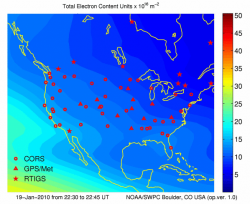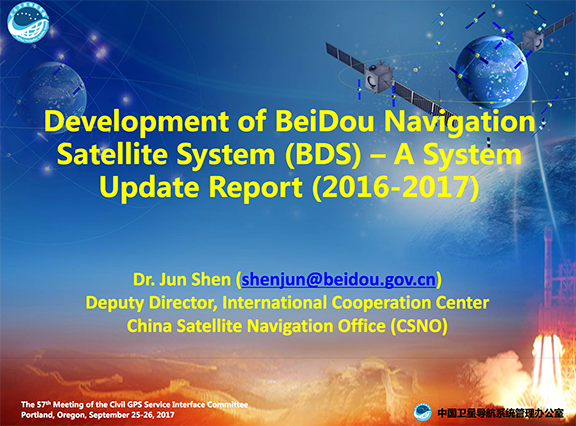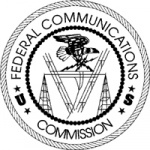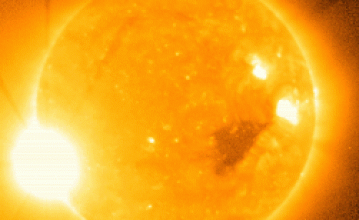 SWPC U.S. Total Electron Count Map
SWPC U.S. Total Electron Count MapThe U.S. National Weather Service’s Space Weather Prediction Center (SWPC) is inviting suggestions and opinions about the agency’s ionospheric weather products for the GPS constellation, today and on out through the next solar max, 2013–2014. Increased solar activity can magnify ionospheric scintillation and other phenomena that can affect the performance of GNSS receivers.
The U.S. National Weather Service’s Space Weather Prediction Center (SWPC) is inviting suggestions and opinions about the agency’s ionospheric weather products for the GPS constellation, today and on out through the next solar max, 2013–2014. Increased solar activity can magnify ionospheric scintillation and other phenomena that can affect the performance of GNSS receivers.
SWPC now has only one product for GPS, the U.S. Total Electron Count (US-TEC), which provides vertical TEC and slant path values of the line-of-sight electron content to the GPS satellites in view at the time. The ionospheric data-assimilation product is designed to enable users to estimate the signal delay for single- and dual-frequency GPS applications.
Currently, USTEC data is delayed by about 45 minutes, providing an accuracy to within about two TEC units over the continental United States.
Joseph Kunches, chief of the Forecast and Analysis Branch based at SWPC in Boulder, Colorado, invites responses to such questions as:
· Who uses US-TEC and what for?
· Is there a business case to expand or improve US-TEC for the GPS user base in aviation over the next five years?
· Does it matter if it was accurate to 1 TEC unit? 0.5 TEC units?
· Would it make a difference if the data were only 15 minutes late? 5 minutes late?
· Would anyone care if SWPC could predict the conditions an hour, three hours, or more in advance?
· Would anyone care if SWPC could provide two-TEC-unit accuracy, 45 minutes delayed, globally?
· Does any time-related threshold exist — in terms of accuracy, latency, or coverage — among users or prospective users that would need to be met to cause some user to take a different action?
Kunches says he is trying to determine what the actionable criteria would be improving US-TEC or designing additional iono products, what the savings to the user would be, and lacking any such clarity, if what exists is already good enough.
Kunches can be reached at SWPC by e-mail: <Joseph.Kunches@noaa.gov>.





